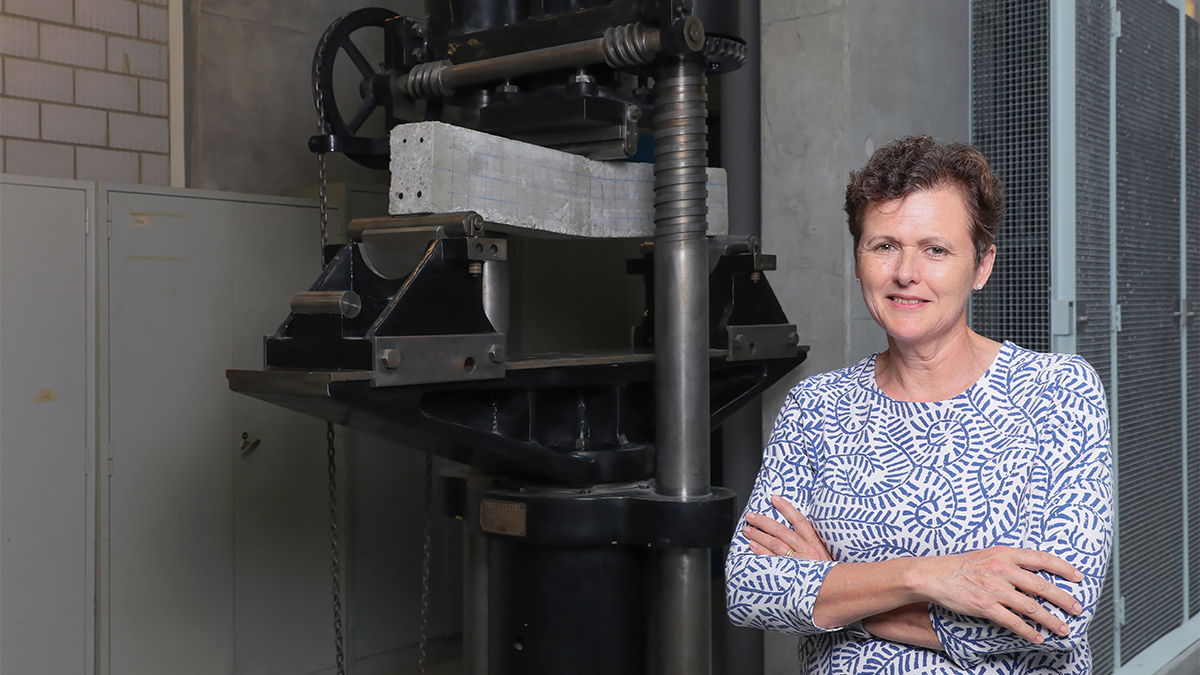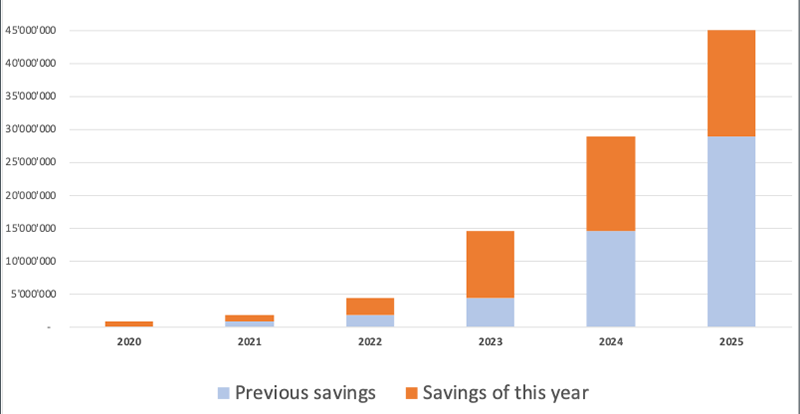Written by Professor Karen Scrivener, Professor at Ecole polytechnique fédérale de Lausanne (EPFL), Switzerland
© EPFL Alain Herzog | Professor Karen Scrivener
Around one billion people live in slum conditions across the world, many without access to decent sanitation. In the developing countries, growth in population and fast urbanization mean high demand for affordable construction materials. Providing adequate infrastructure and affordable housing for all is essential, but the problem is that all this building contributes significantly to CO2 emissions. The construction sector represents around 20% of global greenhouse gas emissions and cement alone represents 8%.
How can we meet a growing demand of decent housing and adequate infrastructure in developing countries without negatively impacting climate change and other environmental goals? Concrete already has a low environment footprint compared to most alternatives and no material can replace it in the volumes needed in construction. But there are ways to lower CO2 emissions in cement by using abundantly available local materials, improving performance, and saving costs.
One innovation that can help achieve this is Limestone Calcined Clay Cement (LC3). We have thoroughly researched LC3 at EPFL in Switzerland, in co-operation with partner institutions in Latin America and India over the last 15 years. LC3 is a low carbon cement that saves up to 40% of CO2 in its production compared to Ordinary Portland Cement (OPC). This means savings up to 500 million tons of CO2 a year on a global scale. It has identical or even improved characteristics to conventional cement and it can be produced at a lower cost (up to 25% lower than for Portland cement).
By 2025, LC3 production will already have saved around 50 million tons of CO2.
CO2-saving in tons per year and cumulative
LC3 technology is open source as research efforts were conducted to provide the industry with a realistic and easily implementable solution to build the world of tomorrow more sustainably. Today, academic, industry and policy constituents widely acknowledge LC3 as one technology that can and will lower CO2-emissions in the cement sector.
LC3 substitutes half of the clinker that is present in ordinary cement with calcined clay and unheated limestone. The heating process to calcine clay requires lower temperatures than needed for clinker, saving emissions that originate from burning fossil fuel. But more importantly there are no chemical emissions released from the breakdown of limestone.
Take the African continent as an example. It has the world’s fastest growing population, yet suitable limestone to manufacture clinker is scarcely available on the continent. Today, the costly import of clinker has a direct impact on costs causing severe affordability issues for housing and infrastructure. The kind of clays needed to produce LC3 are widely available in Africa. By adopting LC3 technology and replacing a substantial part of clinker with local resources, African countries can create local employment and reduce the need for foreign currency to import clinker, build and rebuild housing at lower costs, all while limiting CO2 emissions.
The construction sector is composed of numerous stakeholders who don’t necessarily pull in the same direction and it is not easy to change existing practices. Even with an excellent, economically viable idea, gaining momentum for an industry-wide shift takes a lot of heavy lifting. There needs to be strong willingness from both the private and public sectors to work together to facilitate a transition to net zero emissions while providing affordable and decent housing for everyone.
Science, technology and innovation can be catalysts for achieving the sustainable development goals.
In the context of the UN Commission on Science and Technology for Development, the CSTD Dialogue brings together leaders and experts to address this question and contribute to rigorous thinking on the opportunities and challenges of STI in several crucial areas including gender equality, food security and poverty reduction.
The conversation continues at the annual session of the Commission on Science and Technology for Development and as an online exchange by thought leaders.



